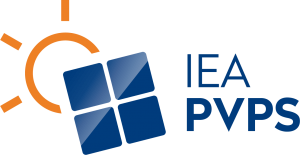At Eurac Research, we have developed a new software for the early design phase of IPV systems. It is a single-target optimization tool that supports designers. It provides them with the optimal dimensioning of PV modules and electric storage according to the local weather, the shading pattern, the cost of resources and technology and the technical characteristic of different PV systems over the building envelope. Designers can use several fitness functions according to their needs. They can optimize the energy balance of the system, have ensured the pay-back, or even maximize the earnings after a defined period of time. The inputs required to have realistic results are easily accessible, the tool gives the possibility to insert stochastic inputs when the designer is unsure about unpredictable quantities, and the outputs (geometries and data) are easy to read.
IPV design
IPV is an established technology today but there are still some barriers to its adoption which prevent it to become common practice. Some experts suggest that many problems are related to the design phase of IPV, e.g. to the lack of easy and effective software tools for the early design, lack of experience and essential practical knowledge of designers, lack of quick access to realized example and available products. Our awareness on this issue comes from our close contact with the building sector dealers (i.e. designers, investors, constructors, installers, etc.), who pointed out these problems in a survey. We had practical experiences in the design of IPV from the first design phases, what we learnt is that such a multifunctional technology requires many aspects to be taken into account simultaneously. We believe in an approach which is able to provide the optimal features of a IPV system, considers the interaction of several inputs and fits the design process.


